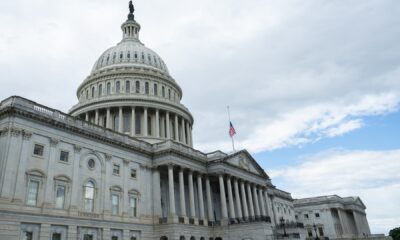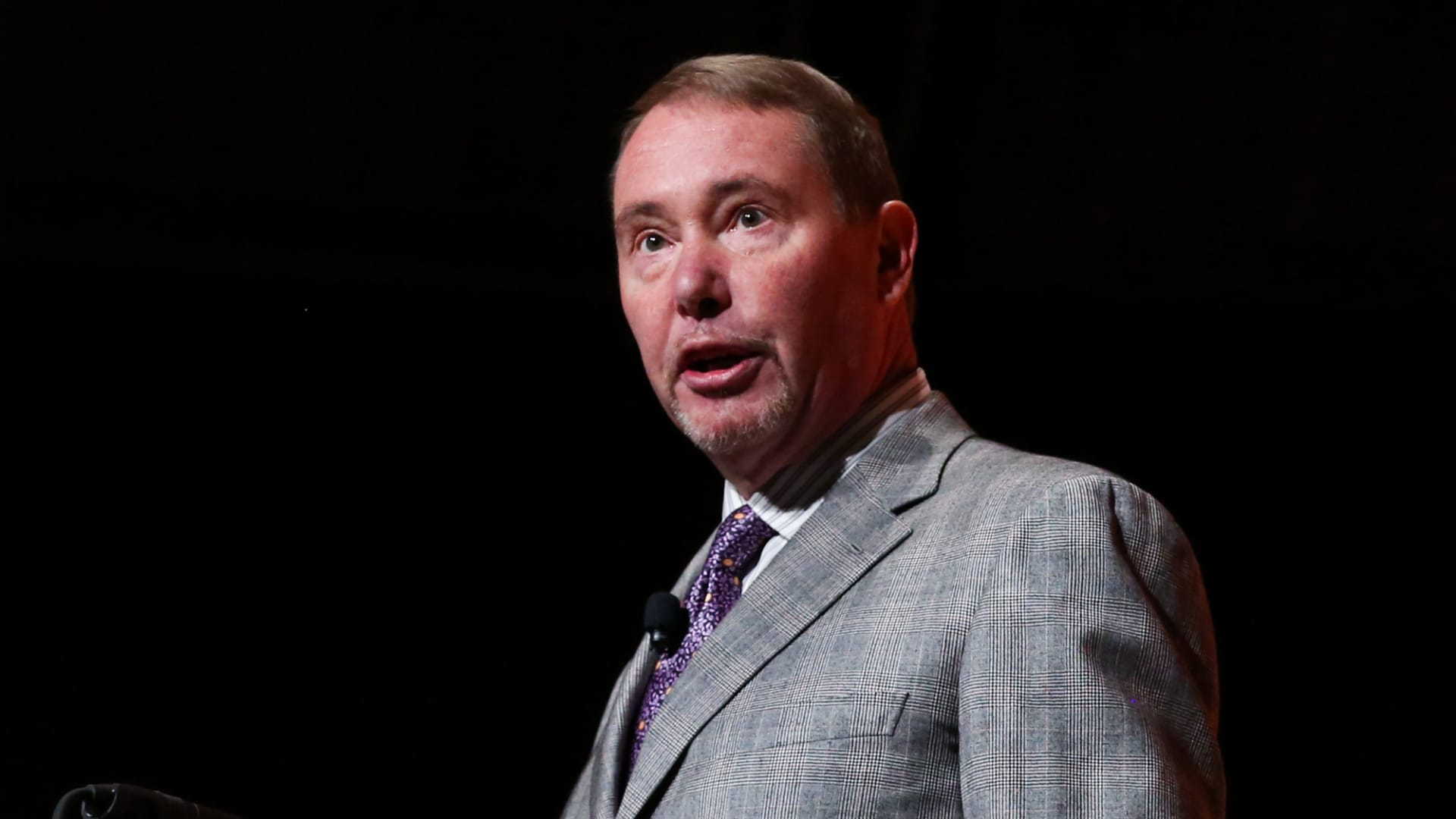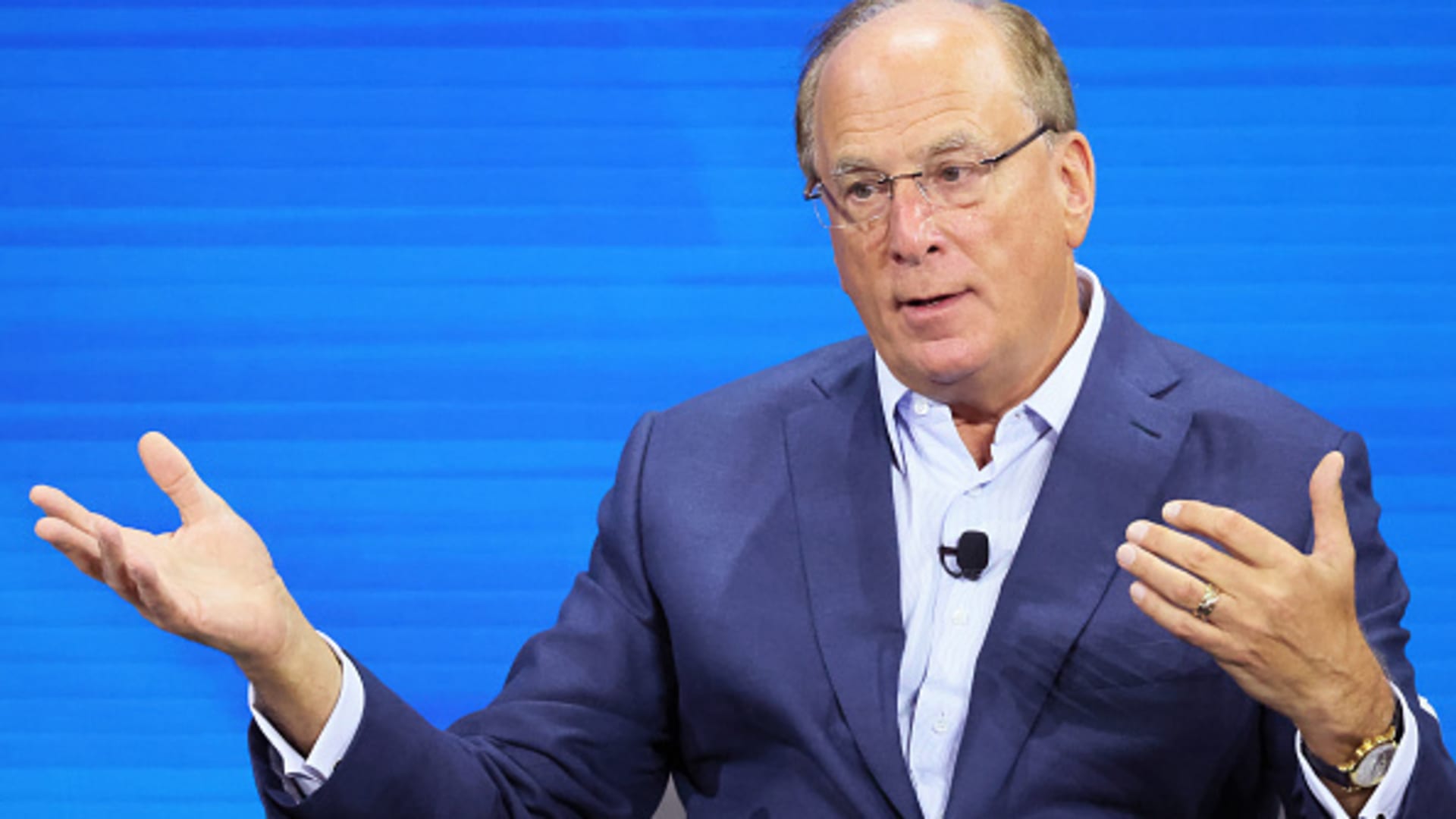The third most common use of personal loans is for everyday expenses. (iStock)
The personal loan market is growing, in part due to the high cost of living. About 14.5% of borrowers use personal loans for everyday expenses, a MarketWatch Guides survey found.
The two more common reasons consumers use personal loans are debt consolidation and home improvements. Nearly 21.2% of personal loans are used to consolidate debt and 20.1% are used to make home improvements. Borrowers are dealing with increasing prices in every industry, from food to building materials to housing costs. To deal with the rising costs, these borrowers turn to personal loans.
“Families have already cut back on nonessentials, and there isn’t much left to take out of their budgets,” EJ Antoni, an economist with the public policy nonprofit Heritage Foundation said. “What little growth there is in consumer spending is being fueled by debt – and that’s unsustainable.”
The loans being taken out aren’t small — 35% of borrowers surveyed reported that their loans were between $10,000 and $50,000. Just 29% of borrowers have loans that are less than $2,499.
When it comes to personal loan shopping, Credible can do the heavy lifting for you. With the click of a button, you can view multiple lenders, rates, and terms in one spot.
CREDIT CARD BALANCES SURGE PAST TRILLION DOLLAR MARK AS AMERICANS STRUGGLE TO BUILD SAVINGS
Household debt is up in all categories
At the end of last year, most consumer debts rose substantially. The Q4 household debt report released by the Federal Reserve Bank of New York found that mortgage debt rose by $112 billion while home equity lines of credit increased by $11 billion.
Credit card balances now stand at $1.13 trillion after increasing by $50 billion in Q4. Auto loan balances also increased into the trillions to $1.61 trillion.
“There are some consumers in the less-than-prime segments that have been accumulating debt at an accelerated pace, likely due to the rise in the cost of everyday items,” Experian’s Director of U.S. Economics Joseph Mayans said. “That may continue to cause strain in 2024, especially as the post-pandemic jobs boom that drove red-hot wage gains and easy job hopping for many lower-income workers comes to an end.”
The only debt measured in the survey that didn’t increase all that much was student loan debt. They increased by $2 billion and now stand at $1.6 trillion.
If you need help paying down your debt, a personal loan can consolidate your debts into one payment with lower interest. If you want to get a sense of what debt consolidation loan options are available to you, visit Credible to compare rates and lenders.
HIGH DEBT IS CAUSING MORE CONSUMERS TO LIVE PAYCHECK-TO-PAYCHECK
The cost of living is growing more challenging for many families
Certain states are facing a cost of living crisis, with many residents spending most of their income just on housing and utilities.
Half the residents of New York City lack the income to meet the basic cost of living, according to a United Way of New York report. In 2021, just 36% of households struggled to deal with the cost of living. Of those struggling, 79% of families spent more than 30% of their income on housing alone. The report also found that 30% of households in NYC received food assistance.
Californians also deal with high living costs compared to low incomes. A report from California’s Legislative Analyst’s Office (LAO) researched the effects of minimum wage on different sized households. A single parent with three kids will live right around the poverty level with a full-time job, but for a single parent with four kids, the minimum wage is below the poverty level.
Housing in California is particularly difficult to afford. Minimum-wage earning single parents with one child often can’t afford housing in all but three counties in California, the LAO report found. Even families with two minimum-wage workers pay more than half of their income in eight of California’s most popular coastal counties.
If you need a loan, personal loans with low interest rates are strong options. Use an online marketplace like Credible to make sure you’re getting the best personal loan rate and lender for your needs.
MANY CONSUMERS CARRYING A CREDIT BALANCE KNOW IT’S A BAD IDEA: SURVEY
Have a finance-related question, but don’t know who to ask? Email The Credible Money Expert at [email protected] and your question might be answered by Credible in our Money Expert column.

 Personal Finance1 week ago
Personal Finance1 week ago
 Economics1 week ago
Economics1 week ago
 Economics1 week ago
Economics1 week ago
 Economics4 days ago
Economics4 days ago
 Finance4 days ago
Finance4 days ago
 Economics4 days ago
Economics4 days ago
 Economics4 days ago
Economics4 days ago
 Finance3 days ago
Finance3 days ago










